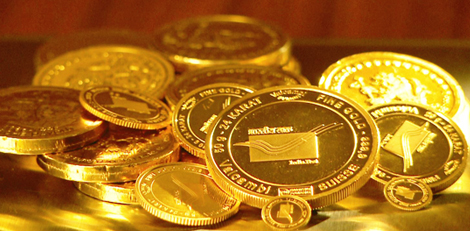When to Sell Gold?
Posted on: 07/Aug/2024 11:43:22 AM

Holding onto gold is a favored long-term strategy for hedging against inflation and ensuring financial security. However, certain market conditions offer opportune moments to sell gold for maximum profit. Here are critical insights and strategies for investors.
Understanding the Gold-Silver Ratio
The gold-silver ratio measures how much silver is needed to buy one ounce of gold. This ratio fluctuates based on market conditions and the supply and demand dynamics of both metals. Historically, it has ranged from as high as 90:1 to as low as 10:1.
High Ratio Opportunities
When the gold-silver ratio is high, investors should consider selling gold and buying silver. For instance, in 1991, the ratio peaked at 100:1, creating a lucrative opportunity to profit from subsequent rises in silver prices.
Timing the Market: Selling During Price Peaks
Gold prices can spike due to various factors, including economic crises and changes in investor sentiment. A notable example occurred in late 2011 when gold surged to nearly Rs 3,000 per gram ($2,000 per ounce), driven by recession fears. Selling gold during such peaks can provide liquidity for future investments at more favorable prices.
Key Considerations for Gold Investors
• Monitoring Market Indicators:
Closely track the gold-silver ratio and current gold prices to identify optimal selling times.
• Balancing Strategies:
While gold is a long-term investment, seizing short-term opportunities can enhance returns. Balancing long-term security with short-term profit opportunities is essential.
Conclusion
Gold remains a valuable asset, but strategic selling at the right times can significantly boost returns. By understanding and acting on market indicators like the gold-silver ratio and price spikes, investors can make informed decisions to optimize their financial outcomes.







